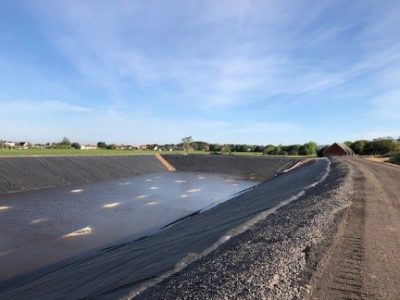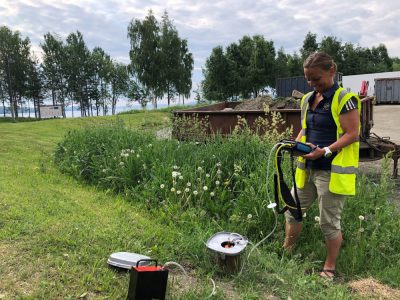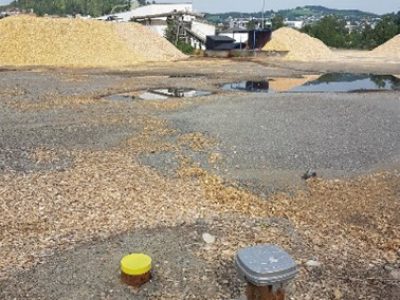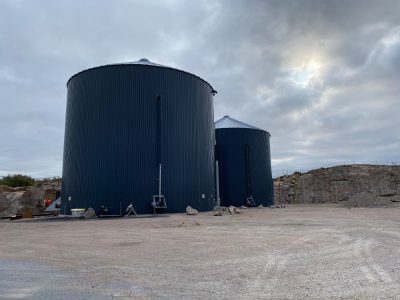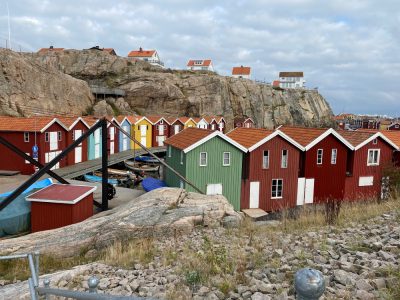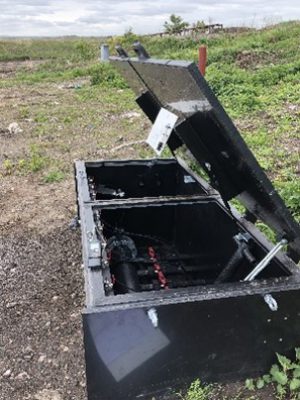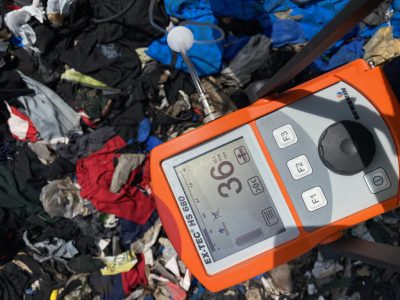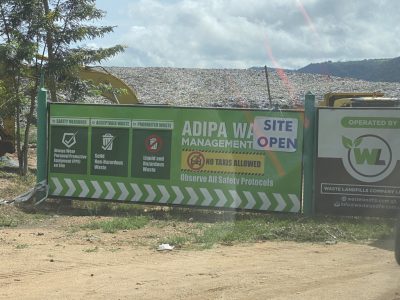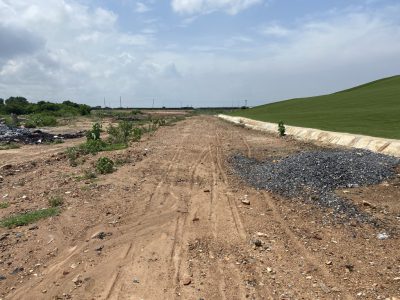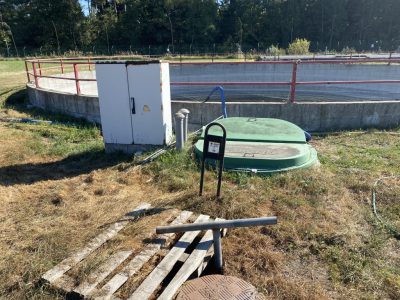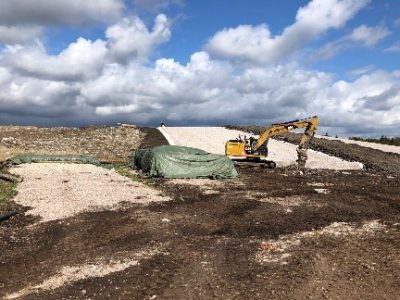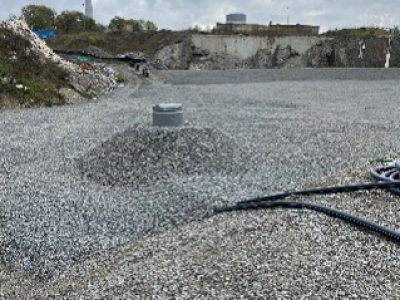Projects
Construction Management, Capping of Tjörröd Landfill, NSR
Construction and project management of a 7ha capping project in two phases, 1B and 1C. In addition to the capping construction, the projects include the construction of two large leachate lagoons, a cut-off trench to intercept groundwater as well as biowindow construction for the passive management of landfill gas. Duties included communication with the regulator, coordination of contractors and management of construction materials, which were all recycled materials (bar the non-permeability layer).
Period: 2020 – 2023
Ground gas at a former wood logging plant. Huntonstranda, Norway
A previous wood floating and logging plant on the shore of Lake Mjösa in Norway was to be redeveloped to a residential and commercial area. As large quantities of wood chippings were still in the ground, a ground gas monitoring study was undertaken and revealed high to very high concentrations of methane in the ground. A ground gas risk assessment, using the BS 8485 methodology excluded the construction of conventional residential housing unless the source was removed, i.e. the whole area excavated. Adapted construction of other building types was possible with the appropriate protection measures.
Period: 2020
First-time Audit of an Anaerobic Digester by Fishing industry, Swedish West Coast
An audit was undertaken at a new AD-plant supporting nearby fishing industry. The plant comprises a treatment plant for process water where the resulting sludge is treated in an AD-reactor. The biogas is returned to one of the fish industries to replace propane in their industry process, and additional biogas is combusted in the CHP where both heat and electricity is used in the nearby fish industries. The sludge is certified and used as biofertiliser at local farms.
The audit included review of compliance of environmental permit conditions, self-regulation protocols, quality control, management systems etc.
Period: 2020
Improved landfill gas management, Filborna, Sweden
One of Sweden’s larger former landfills for household waste had a dilapidated landfill gas extraction system. An audit was undertaken to assess its efficiency. A new system was designer and installed to replace and improve the gas extraction from some parts of the site. The next phase involved the procurement of a new landfill gas plant consisting of a new blower, a flare and two CHP engines to supply electricity and heat to the nearby biochar plant. Phase 3 will see further development of the landfill gas extraction system in another part of the site. The impact of the measures to improve the gas extraction is evaluated through a combination of operational data and regular monitoring of fugitive emissions. The project will, through the reduction in fugitive methane emissions from the landfill, assist in Helsingborg Stad reaching it’s targets for reduction of climate impact.
Phase 1: 2019- 2021
Phase 2: 2023
Phase 3: 2024
Assessment of landfill gas potential of seven landfills in Ghana
Visits were undertaken at sevens landfills in Ghana to assess the landfills and their suitability to install landfill gas extraction system to manage and utilize the landfill gas actively. In contrast to landfills in Europe, where organic waste has been phased out from landfilling, landfills in Ghana has a high amount of organic waste and the landfill gas generation potential is therefore generally high. However, the suitability for successful landfill gas extraction and utilisation varies largely between sites. Some sites are to widespread and shallow, some sites are located too far the electricity connection points or local electricity users. Other sites have fantastic potential for the development of landfill gas extraction projects.
Leachate Management Options, Kaupiai, Lithuania
Tauragė Regional Kaupiai landfill site has a reverse osmosis plant from 2008 to treat the landfill leachate. It is now uneconomical to operate, and the cost of the chemicals required for its operation is high´. A feasibility study and review of current situation and options was undertaken, which included assessment of the leachate collection system, yearly volumes of treated leachate and untreated leachate, the quality of the leachate; review of the existing data; suggestion of additional analyses to be undertaken (for example level of nitrification inhibitors), Visit to site and assessment of the physical infrastructure and area to fit new treatment options. Based on the findings, options to install treatment method based on biological nitrification/denitrification methods were suggested.
Period: 2022

